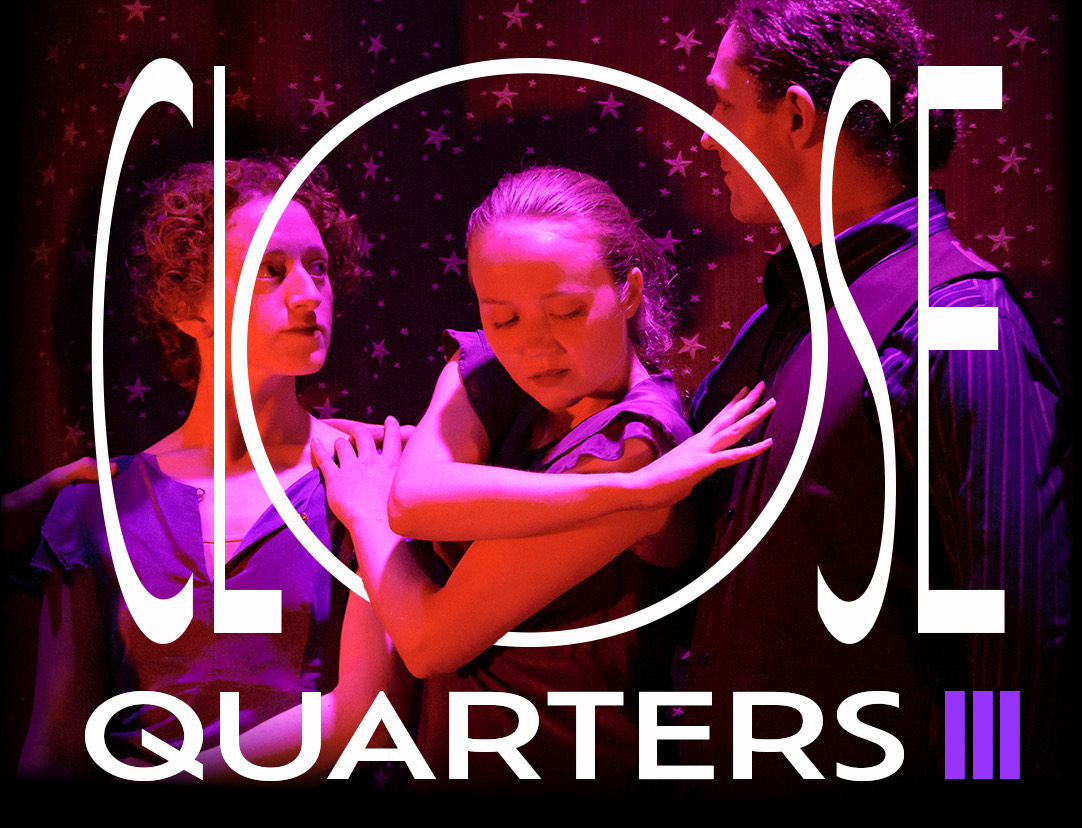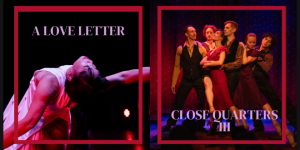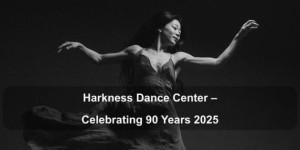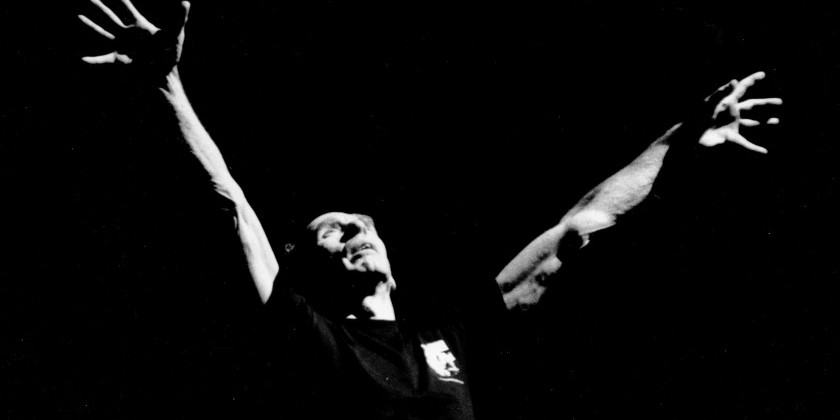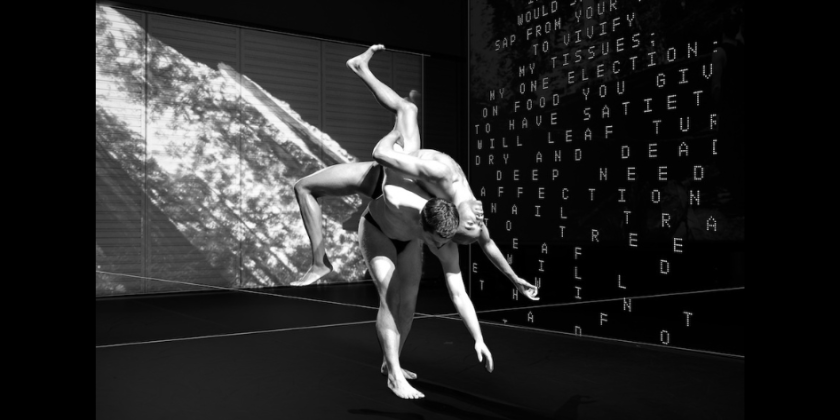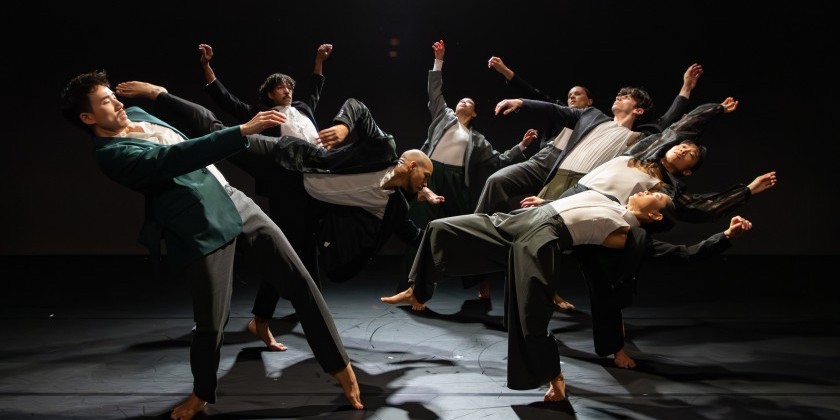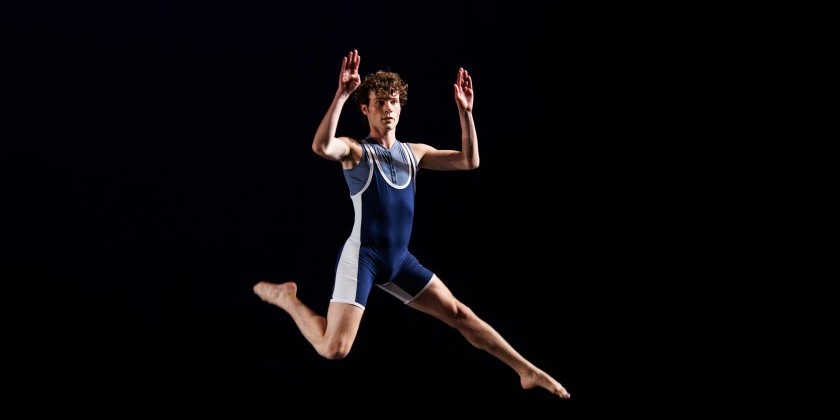POSTCARDS: Samuel Humphreys of Sokolow Theatre/Dance Ensemble on Understanding Sokolow
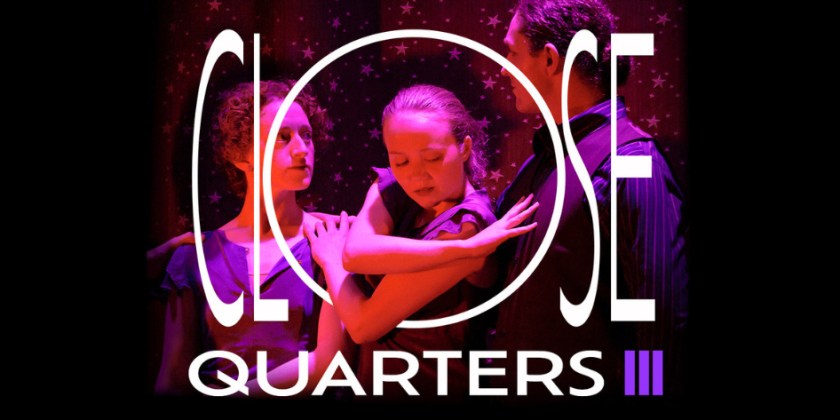
Samuel Humphreys has been a member of the Sokolow Theatre/Dance Ensemble since 2019. In this POSTCARD to The Dance Enthusiast, he shares his perspective on the upcoming show, Close Quarters III, hoping to offer the audience context with which to experience Anna Sokolow’s work
Close Quarters III will be presented this Tuesday, May 20, 2025 at 8 pm (doors open at 7:30) at the Slipper Room, 167 Orchard Street, New York, NY.
Tickets: https://www.slipperroom.com/event-details/guest-event-close-quarters-iii-may-20
This spring, I've had the privilege of watching as the Sokolow Theatre/Dance Ensemble's artistic director, Samantha Geracht, and co-artistic director, Lauren Naslund, rehearsed Close Quarters III with the company. This special evening features selections from some of Anna Sokolow's most emotionally wrenching works.
We're all intimate with the kinetic and oral communication of choreography. The dance maker traces their thoughts and ideas through the medium of the dancer’s body, reacting and adjusting movement for each unique dancer they work with. In repertory, or reproduced dance, as opposed to new choreography, this same fundamental idea applies. We performers are tasked to engage with the “text" of the choreographer (in this case, Sokolow) and to translate the work to embody our ideas and passions.
Sokolow's theatre makes a similar “ask” of the viewer: don't just watch, but actively feel what is happening on the stage. And, what is happening on stage is almost always some form of solitude.
Sokolow, with incredible clarity, choreographs how we move when we are alone. Her characters are either in physical or social isolation, and when they connect, it is against the backdrop of an intolerable aloneness. The audience, by witnessing and “feeling with” the performers, answers the questions Sokolow’s characters cannot resolve by themselves.
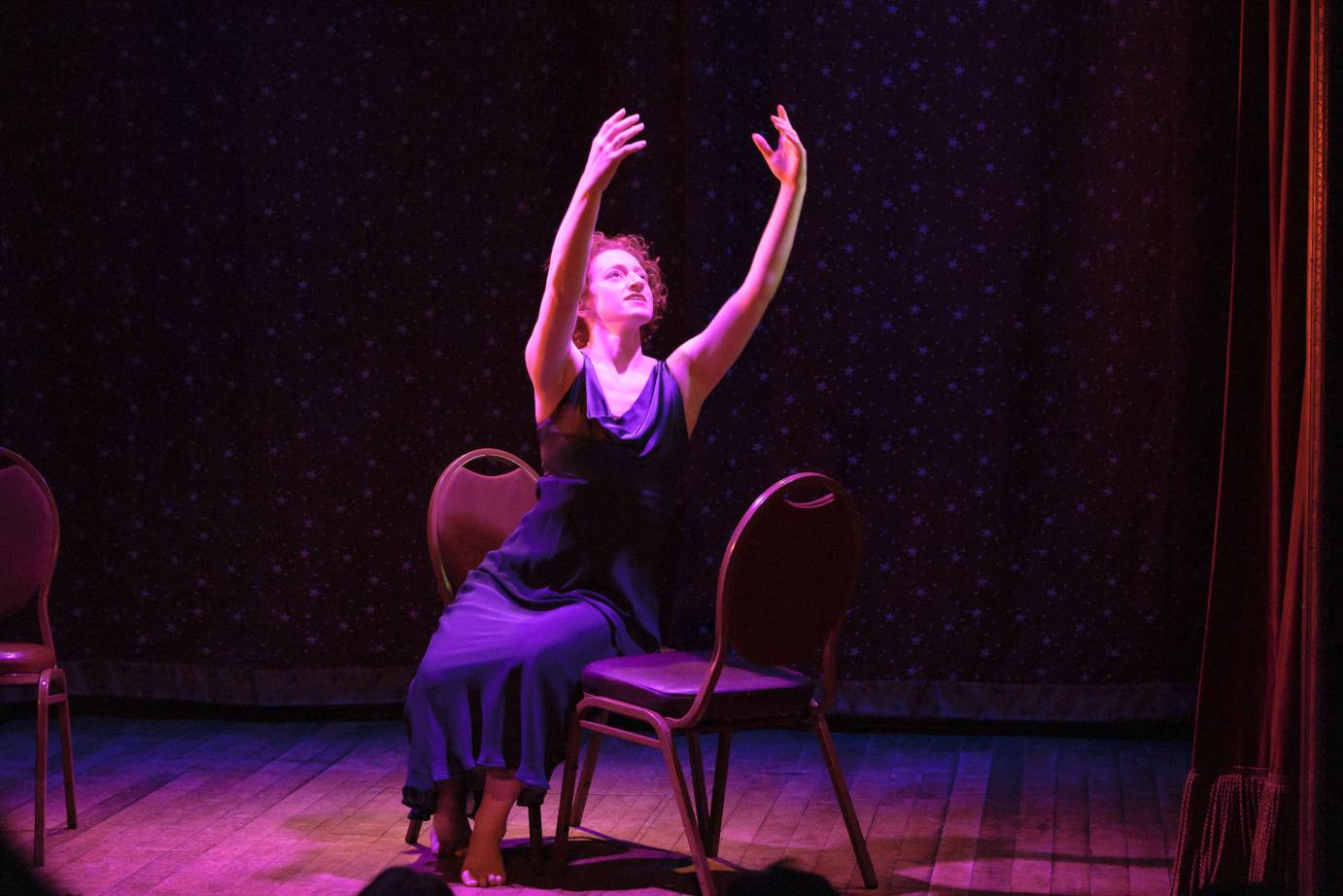
In Rooms (1955), there is constant interplay between the dancer reacting to an imagined other and the dancer understanding themselves as alone. The initial theatrical conceit is a bare stage, with only chairs and bodies. From there, Sokolow paints an image of a siloed and isolated society (each chair denoting the individual apartment the character lives in).
In a section of Rooms called “Escape,” danced by Ilana Cohen, the character remembers and is drawn into a reenactment of an erotic, primal scene. Using the stage itself as a dream space into which she succumbs, Sokolow has the dancer relive three increasingly formative and intense moments. After the horror and overwhelming climax, the dancer returns to her room, defeated by memory.
The following section, “Desire," places three dancers, Mikey Comito, Edu Tair, and Margaret Brackey, in a parallel process of erotic reverie and self-disgust. Sokolow appears to be pointing out how our refusal to see ourselves truthfully ultimately destroys both us and our society. The three dancers rhythmically and compulsively move in an increasingly erotic fashion. Despite attempting to quell their feelings, latent desire betrays them.
In Kurt Weill (1986), Sokolow uses tango vocabulary to establish a specific socio-kinetic language and set of relations. Her web of interrelationships and meanings are so clear that when we see those agreed-upon meanings destroyed, the experience is shattering.
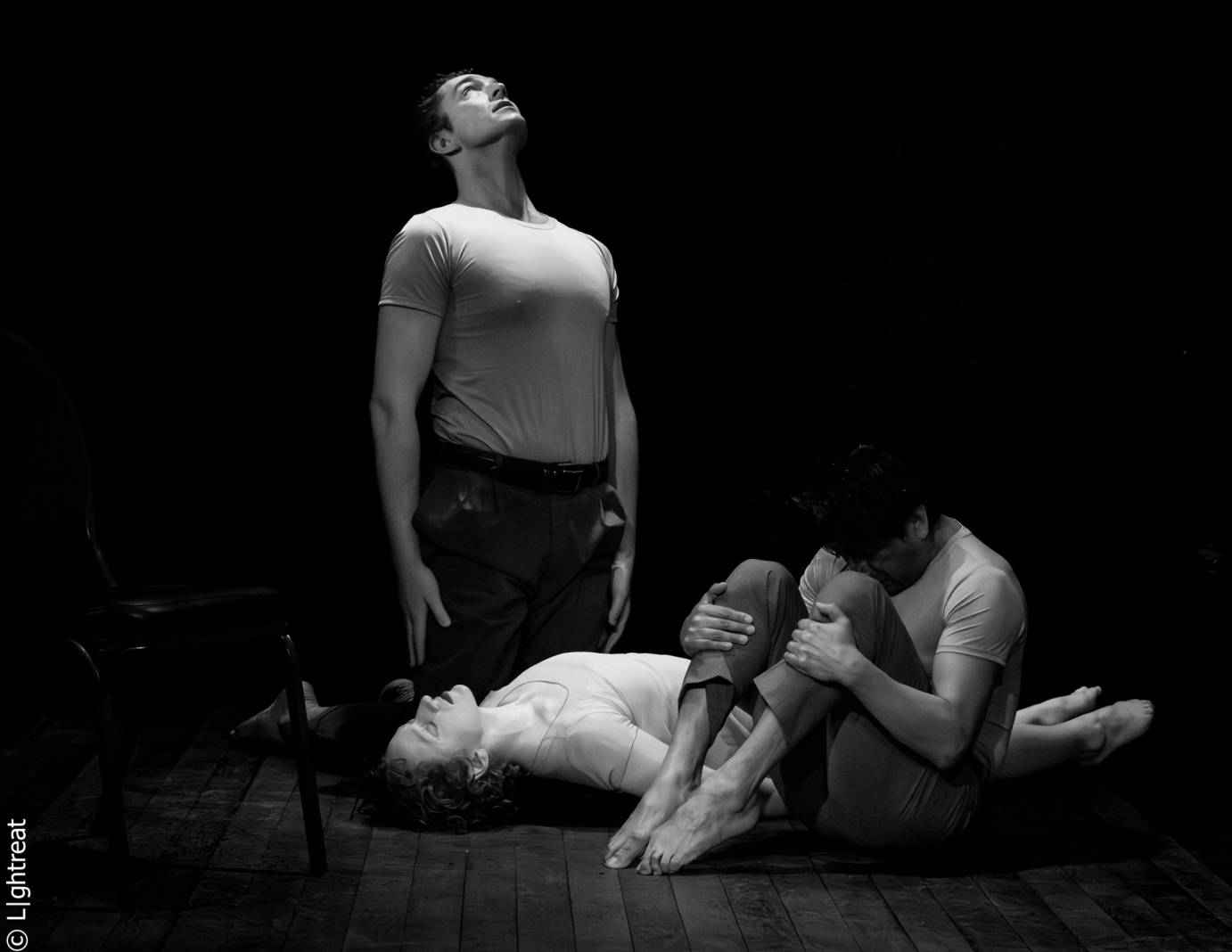
In the “Youkali Tango,” a group of dancers is shown caught between an intolerable past and a terrifying future. In response, they decide to turn inward, isolate themselves, and ignore reality. The crux of the piece occurs as one of the dancers (portrayed by Margaret Brackey) attempts to look beyond the people around her, only to be pulled back into the tango. The moments of trying to see and choosing not to look are integral to Kurt Weill. Using reaches, foot gestures, advances, retreats, and close embraces, Sokolow establishes the socio-kinetic language that she will later tear apart.
Sokolow’s social language reaches its denouement in “The Soldier’s Wife”. In the three episodes, “The Soldier's Wife” reveals he world of the “Youkali Tango” taken to its ideological end. We first see the central figure of the dance rendered almost immobile by the soldiers. One by one, these soldiers steal symbolic objects (a hat, shoes, a scarf) from various females. The social language of gesture, established in earlier sections, is transformed into a language of violence.
Sokolow stages a rape, using movement vocabulary which mocks the initial tango. It opens with the central figure being forced to put on shoes (a nod to the civilized dance of the opening) before the soldiers take her through a series of increasingly vicious dance figures. Finally, the symbols spill over their edges. The central figure, dressed in all the items the soldiers stole, becomes a site of war.
So, what do we do with this? How do we answer the questions that Sokolow is so interested in posing? What is the relationship of horror, war, isolation, and cruelty to ecstasy? Sokolow, of course, doesn't answer straightforwardly - she's already said her piece in her dance. Empathically and physiologically, we, the audience, can also choose to participate in the visceral questions she's posing. Ultimately, Sokolow asks us not to simply watch, but to absorb and carry with us what she has revealed onstage.
